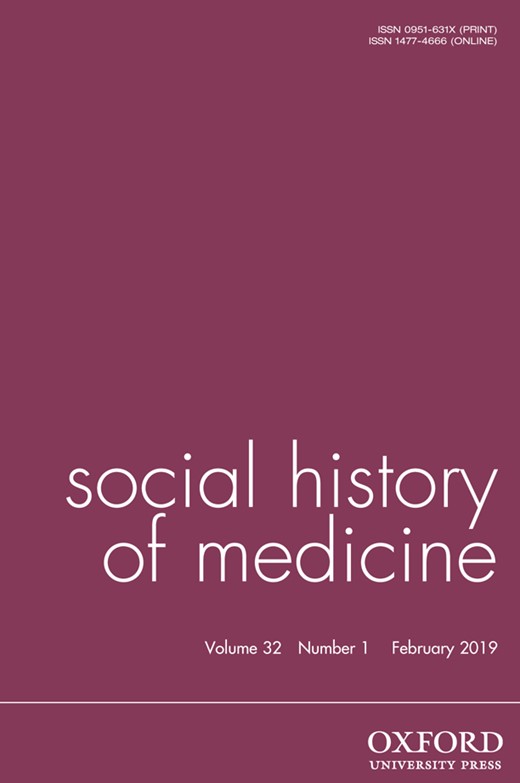-
Views
-
Cite
Cite
Margaret Pelling, Managing Uncertainty and Privatising Apprenticeship: Status and Relationships in English Medicine, 1500–1900, Social History of Medicine, Volume 32, Issue 1, February 2019, Pages 34–56, https://doi.org/10.1093/shm/hkx059
Close - Share Icon Share
Summary
Medicine is both a science and an art, and is plagued by uncertainty. The skills-based side of medicine is best represented by apprenticeship, which has a continuous but not linear history up to the present. In the early modern period apprenticeship was an essential albeit flexible institution involving most regular practitioners. Medical reform after 1800 performed a sleight of hand whereby apprenticeship was preserved in a liberal occupation at the same time as it was discredited by a climate of laissez faire owing much to the influence of Adam Smith. To achieve this, a privatised form of apprenticeship which had become the norm in the eighteenth century was transformed by a countervailing ethos deriving from classical humanism, which idealised the one-to-one relationship between senior and junior. This made it possible to divest apprenticeship of the associations which educated middle-class practitioners found most repellent, including poverty, servitude, trade and low status.




